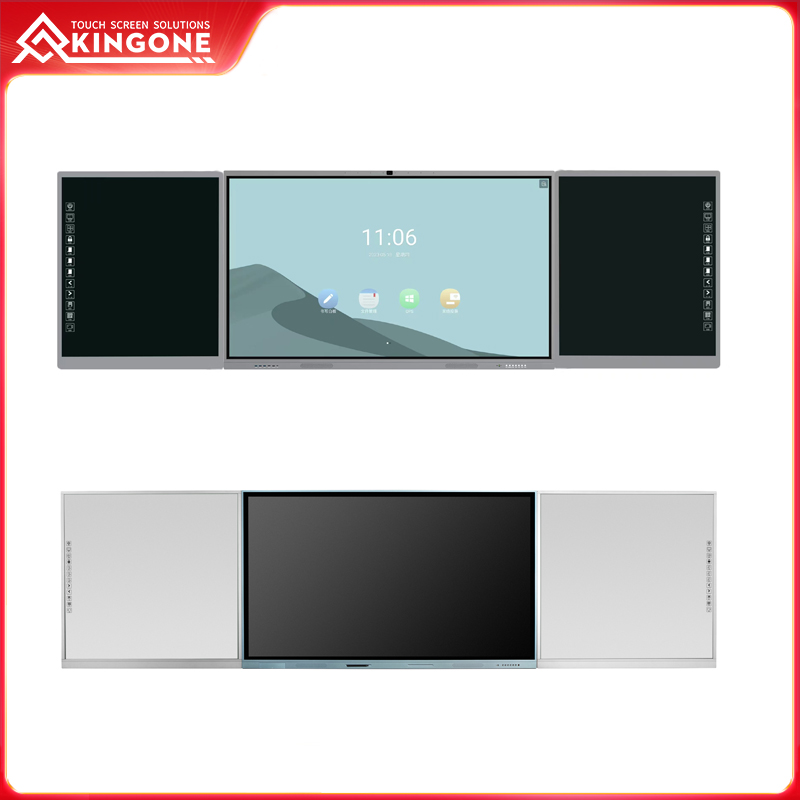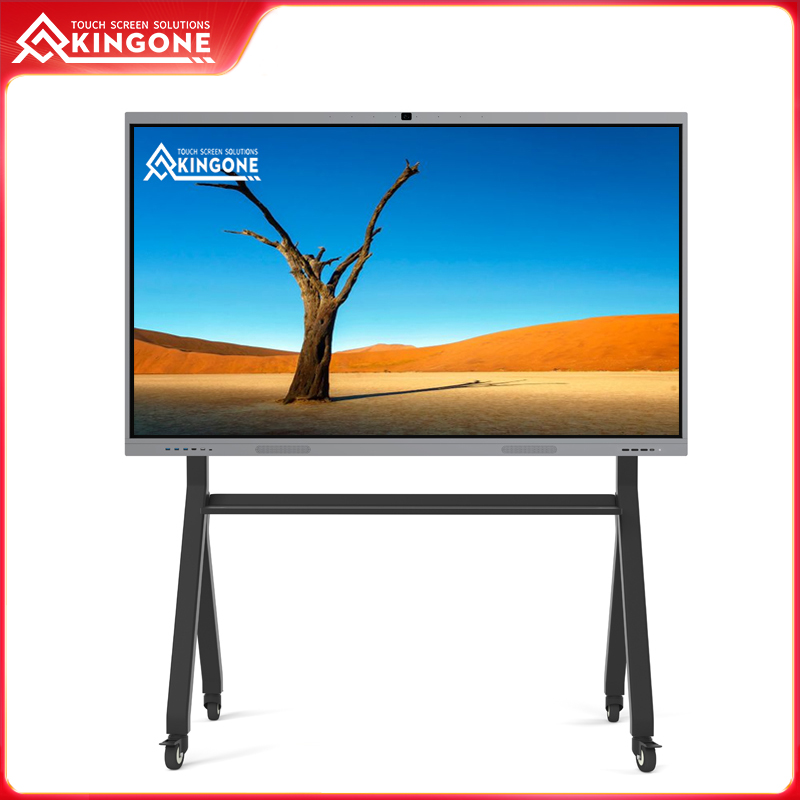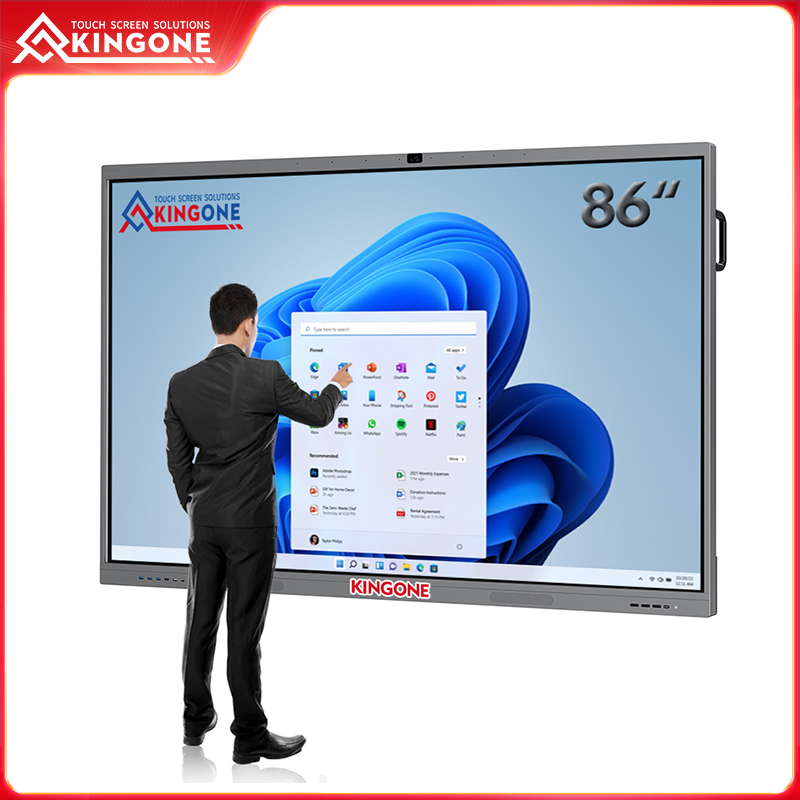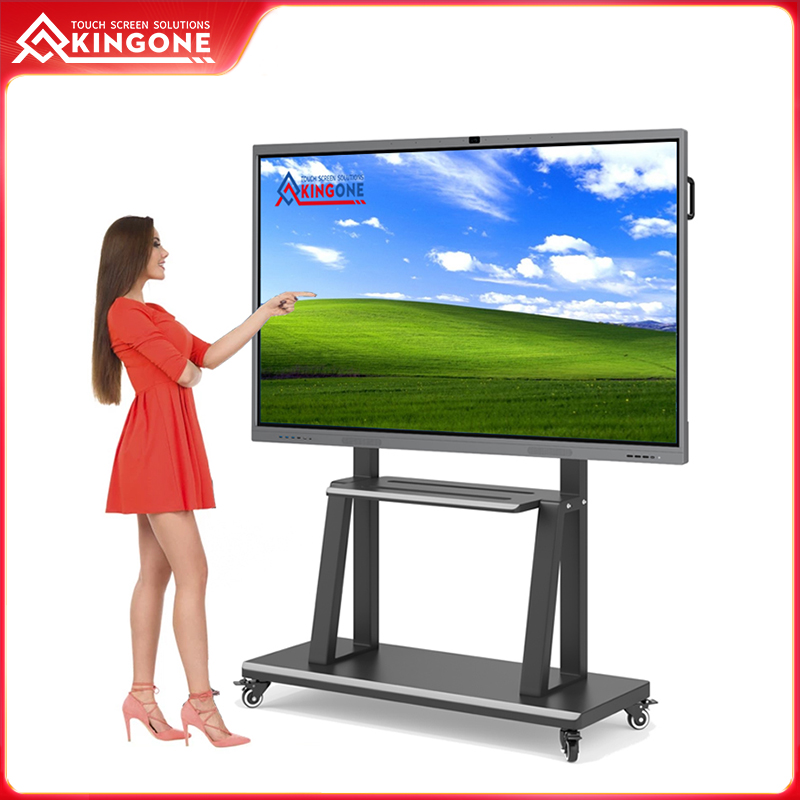Interactive Boards: A New Era of Learning
Published:
2023-09-21 16:35:13
we will explore the profound impact of Interactive Boards on education, highlighting their role in fostering engagement, interactivity, and effective learning.
In the ever-evolving landscape of education, technology has played a pivotal role in reshaping traditional teaching methods. Among the myriad innovations, Interactive Boards have emerged as a powerful tool, heralding a new era of learning. In this article, we will explore the profound impact of Interactive Boards on education, highlighting their role in fostering engagement, interactivity, and effective learning.

1. The Educational Revolution
Traditional classrooms have long relied on chalkboards and overhead projectors for visual aids. While these tools served their purpose, they had limitations when it came to interactivity and engagement. The advent of technology marked a significant turning point in education, ushering in a revolution that transformed the way students learn and teachers instruct.
2. Understanding Interactive Boards
Interactive Boards, also known as Interactive Whiteboards, are oversized display screens that seamlessly integrate with computer systems. They empower users to control and interact with digital content projected onto the board through touch, digital pens, or other input devices. These boards serve as a bridge between the analog and digital worlds, creating immersive and interactive learning environments.
3. Enhanced Engagement and Participation
One of the primary benefits of Interactive Boards is their ability to captivate and engage students. The dynamic nature of these boards transforms passive learning into an active, participatory experience. Teachers can incorporate multimedia elements, such as videos, animations, and interactive simulations, to make lessons more visually stimulating and relatable. This heightened engagement fosters better retention of information and encourages active participation from students.
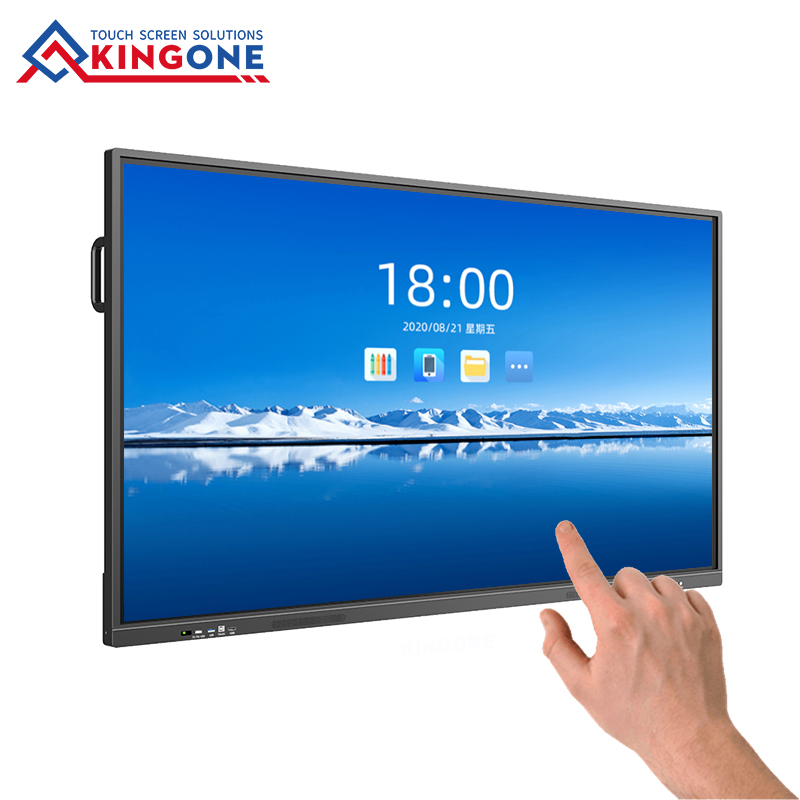
4. Facilitating Collaborative Learning
Interactive Boards promote collaborative learning experiences. Students can directly interact with the board, contributing to discussions, solving problems, and sharing their insights with the class. Group activities become more engaging as students collaborate on projects and interact with content in real-time. The collaborative aspect not only enhances students' critical thinking and problem-solving skills but also prepares them for a collaborative work environment in the future.
5. Personalized and Adaptive Learning
Another significant advantage of Interactive Boards is their ability to cater to diverse learning styles and paces. Teachers can customize lessons to accommodate individual student needs. Whether it's providing additional explanations, offering extra practice, or adjusting the difficulty level, Interactive Boards enable personalized and adaptive learning experiences. This flexibility ensures that no student is left behind, promoting inclusive education.
Conclusion: A Bright Future for Education
Interactive Boards have undoubtedly ushered in a new era of learning. They have transformed traditional classrooms into dynamic and interactive spaces where knowledge comes to life. With their capacity to enhance engagement, encourage collaboration, and personalize learning, Interactive Boards are shaping the future of education. As technology continues to advance, we can expect even more innovative and immersive educational tools to further revolutionize the way we teach and learn.
 English
English

